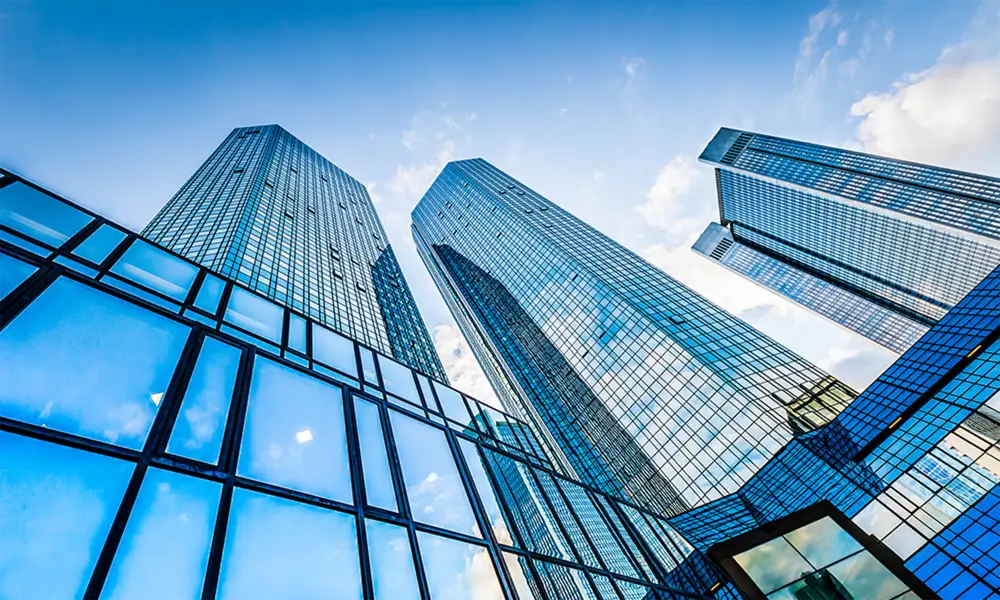

The Allure of Blue Reflective Glass Beauty and Functionality Combined
In the world of architecture and design, materials play a crucial role in defining the aesthetics and functionality of a space. Among these materials, blue reflective glass stands out as an innovative choice that combines beauty, sustainability, and practicality. This article explores the characteristics, benefits, and applications of blue reflective glass, highlighting why it is increasingly being favored in modern building designs.
What is Blue Reflective Glass?
Blue reflective glass is a type of glazing that features a blue tint and a reflective coating on its surface. This coating allows the glass to reflect a significant portion of sunlight while also maintaining a degree of transparency. The result is a visually striking material that can dramatically alter the appearance of a structure. The shade of blue can vary, providing designers with a range of options to complement different architectural styles and color schemes.
Aesthetic Appeal
One of the primary attractions of blue reflective glass is its aesthetic appeal. When used in facades, curtain walls, or storefronts, it creates a stunning visual effect. The blue hue can evoke feelings of calmness, tranquility, and modernity, making it a popular choice for corporate buildings, hotels, and residential projects. Furthermore, as the angle of the sun shifts throughout the day, the glass can display different shades, enhancing its dynamic quality.
Reflective glass doesn't just enhance the outward appearance of a building; it also contributes to the interplay of light within interior spaces. Blue reflective glass can filter incoming sunlight, creating unique lighting experiences that change throughout the day. This interaction of light and color can enhance the overall ambiance of any interior.
Energy Efficiency
Beyond its aesthetic qualities, blue reflective glass offers significant energy efficiency benefits
. The reflective coating helps to reduce solar heat gain, which can lead to decreased reliance on air conditioning systems in warmer climates. By minimizing the amount of sunlight that enters a building, it helps maintain a more stable internal temperature, ultimately leading to lower energy consumption and reduced utility costs.
Additionally, the use of high-performance blue reflective glass can contribute towards achieving LEED (Leadership in Energy and Environmental Design) certification, making it an attractive option for environmentally conscious developers and homeowners.
Privacy and Security
Privacy is another vital consideration when designing spaces, particularly in urban environments. Blue reflective glass provides a degree of privacy during the day, as it reflects the exterior view while allowing occupants to see outside. This characteristic is advantageous for office buildings located in busy areas where passersby might otherwise overlook private workspaces.
Moreover, modern reflective glass is often treated to enhance its strength and security features. This durability makes it an effective choice for places where safety is paramount, such as schools, hospitals, and public buildings.
Applications in Modern Design
Blue reflective glass can be incorporated into various architectural elements. Its use in large-scale commercial buildings, residential homes, and public installations is becoming increasingly common. Towers and skyline structures adorned with extensive glass façades create visually stunning impressions, while the inherent energy efficiency of blue reflective glass makes it an intelligent choice for sustainability-minded developments.
In interiors, blue reflective glass can be used in partitions, doors, and as decorative accents, providing a sophisticated and modern touch. Its reflective properties can also be leveraged to create illusions of space in small areas, making it a versatile option for contemporary design.
Conclusion
Blue reflective glass is more than just a trend; it represents a fusion of beauty and functionality that is reshaping modern architecture. Its aesthetic appeal, energy efficiency, and privacy features make it a superb choice for a variety of applications. As we continue to prioritize sustainable building practices and innovative design, the popularity of blue reflective glass is likely to rise, paving the way for a more vibrant and eco-friendly future in construction and architecture. Embracing materials like blue reflective glass not only elevates design but also contributes to a more sustainable and visually captivating world.